The current situation of the working class
The number of working class (GCCN) today has many relatively different numbers due to the criteria, scale and assessment methods of each research subject. In 2012, the World Bank (WB) said that the world had 1,000 million workers. A study by the International Labor Organization (ILO) in 2014 confirmed that there are currently 1,540 million "salaried workers" in the world out of a total of nearly 3,300 million workers in the world today. Also according to ILO, the forecast for the number of this group in 2018 will be 1,702 million people (1) .
Another analysis gives similar figures: “When Karl Marx wrote the Communist Manifesto in 1848, there were only about 10-20 million workers in the world, equivalent to 2%-3% of the world's population, and only in a few fields with machinery. By the beginning of the 20th century, there were 80 million workers worldwide. In 2013, for the first time in history, the majority of the population participated in the labor force and were wage workers. There are now about 1.6 billion wage workers, an increase of 600 million since the mid-1990s, more than 1 billion of whom are workers” (2) . Figures on the number of workers may vary slightly, but the general perception is that there has been a sharp increase in industrial labor in the world in recent decades. The proportion of industrial labor currently accounts for over 60% of the global workforce. The process of industrialization and the need for civilization development (globalization, urbanization, modernization of life...) are the causes of this phenomenon.
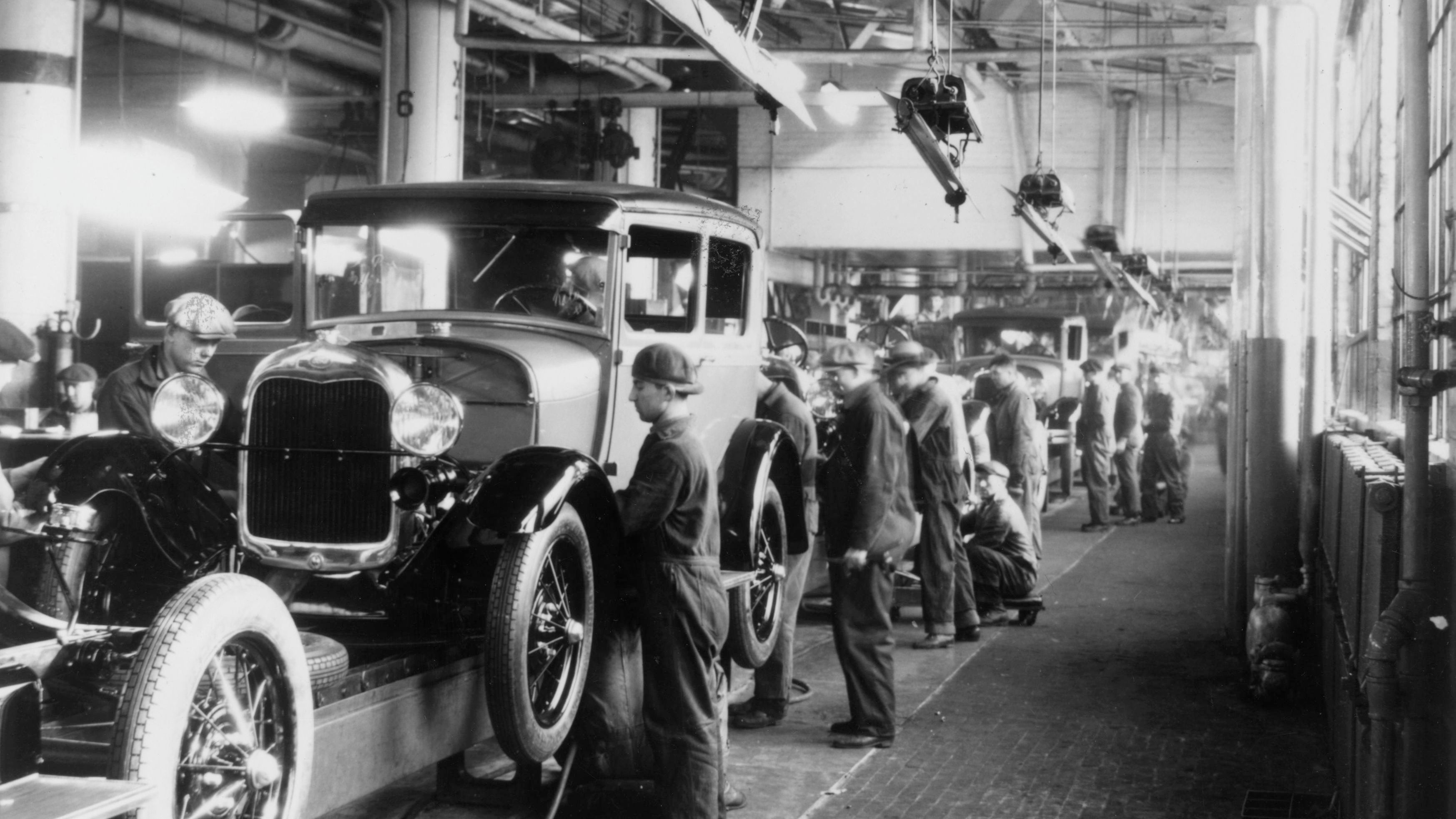
The structure of GCCN is currently quite diverse, changing strongly towards modernization and is approached according to the following evaluation criteria:
Firstly, the occupational structure of workers today is extremely diverse and does not stop at existing occupations. In 1893, F. Engels conceived: “When I say “workers”, I mean workers of all classes. Small traders who are being oppressed by large trading companies, office workers, craftsmen, urban workers and agricultural workers are beginning to feel the oppression of the present capitalist regime in our country” (3) . Thus, the concept of “working class” has been theorized to be greatly expanded, not only including those who directly or indirectly operate industrial labor tools, but also all workers in the capitalist regime.
According to a study, there are currently about 23,000 occupations in the world related to machinery and industrial labor methods; and it is predicted that by the middle of the 21st century, there will be about 10,000 new occupations, mainly in the service sector (4) . A recent study by Erik Olin Wright, a Marxist sociologist (1947 - 2019), established a model of the occupational class structure, including 9 different groups, based on qualifications, skills and authority ( See table 1 ) (5) .
Second , the structure of workers by field of activity. The working class currently works in three basic fields: agriculture, industry and services. Although there is a shift of labor between fields, the general trend is that the group of workers in the service sector is increasing sharply, the number of workers in the industrial and agricultural sectors is decreasing slightly. ILO data on the comparison of the proportion of workers in the agricultural, industrial and service sectors in the late 20th and early 21st centuries clearly shows this (See Table 2) .
The structure of workers in industries in developed industrial countries (G7) in the early years of the 21st century fluctuated mainly in the direction of increasing labor in the service group and decreasing labor in the industrial and agricultural groups ( See Table 3 ) (6) .
In developed countries, such as Northern Europe, this trend is slightly higher: In the economic structure, the proportion of service workers accounts for about 70%; industry about 25% and agriculture from 3% to 5% of the workforce. The labor structure of Denmark: 4% of the population works in the agriculture - forestry sector, 24% in industry and construction, 72% of the population works in the service sector, of which 31% is in public services and 41% is in private services.
Third, the structure of GCCN according to technological level Today, the technological level of workers is considered diverse and uneven. Studies on the technological level of workers are often considered in terms of access to industrial revolutions, the calculation is usually industry 2.0; 3.0 or approaching 4.0. There are also assessments of the technological level of workers according to the technical characteristics of each industry in which they are operating, for example: "offset printing technology" and "digital printing technology". In general, the technology that workers in the world are currently using is a "fairly wide range" described by a "multi-layered technology family tree", implying that at many levels, capital development follows an uneven rule and the development of the current GCCN still follows that rule.

Fourth, the structure of GCCN is based on the level of economic development. Researchers often analyze countries into two groups: developed countries and developing countries. There are currently 408 million workers in developed countries and the rest (about 1,100 million) are in developing countries. The level of economic development and technological level is often proportional to the achieved labor productivity. Workers in developed countries have higher labor productivity than those in developing countries. In 2017, the ILO ranked labor productivity by comparing the creation of new value of 1 worker/year in some developed countries: American workers create 63,885 USD/person/year; Irish workers are 55,986 USD/person/year; Belgian workers are 55,235 USD/person/year; French workers are 54,609 USD/person/year...
Five is. GCCN structure according to social regime is an approach based on the political regime. According to Marxism, there is a dialectical relationship between workers, industry and socialism (political regime). The political regime can also affect the development of workers and industry. Modern and contemporary history confirms that. Statistics on the working class of socialist countries in 2019 show that: Vietnam has about 15 million; Laos has about 0.8 million; Cuba has nearly 3 million, China has about 300 million workers and 270 million "farmer-workers" (a social group participating in 2 methods and 2 fields of labor, with 2 places of residence; is an intermediary in the transition process from farmers to workers, but does not completely live on income from industrial labor). One study said: “By 2002, China had twice the number of industrial workers than the total number of industrial workers in the G7 countries combined” (7) .
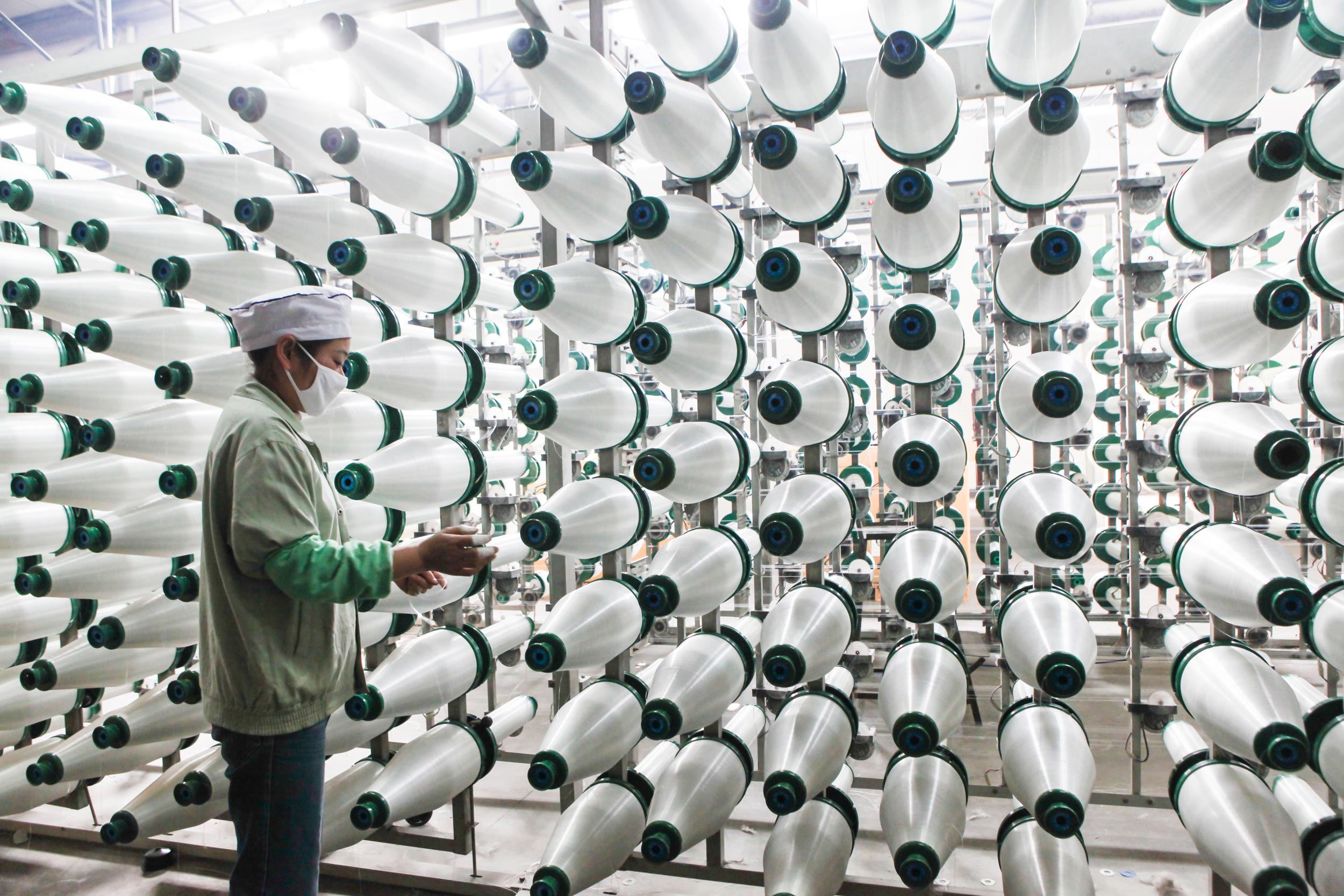
The peculiarity of the structure of workers in socialist countries is that there is a part of workers belonging to the state economic sector. As of 2019, the proportion of workers in the state economic sector in all socialist countries is smaller than the number of workers in other economic sectors; China currently has 120 million, Vietnam has more than 2 million workers in this group. "State workers" are closely linked to the practice of socialist public ownership and in recent times, they have interacted with the market economy, workers in other economic sectors. According to JM Keynes - the author of the theory of the role of the state - "visible hand", they (ie state workers) contribute to creating the material basis for increased state intervention in the economy to overcome "failures of the market economy" and improve fairness (8) . The practice of reform and innovation also discovered new responsibilities of "state workers" as the vanguard in building socialism, a tool of regulation, intervention and orientation of the socialist state with the entire economy.
Sixth , the level of workers is also calculated according to the Marxist-Leninist perspective as the level of political awareness and awareness of their historical mission. This approach is quite popular in many studies of developed countries following the current socialist orientation. The general perception is that the political awareness of workers is uneven, showing signs of inadequacy compared to the requirements of the historical mission they must undertake. What is worth noting is the phenomenon of declining political activism of a part of workers in the modern market economy mechanism that is taking place in many countries.
New Perceptions of the Working Class Today
Firstly, the industrialization process along with reform and innovation is creating many new characteristics for GCCN.
The leading factor in changing the GCCN is obviously the industrial revolutions with increasingly shorter cycles and more multifaceted requirements. In the last 100 years, people have seen 3 industrial revolutions: the second, the third and the fourth. In the 20th century, humanity also carried out 2 types of industrialization: capitalist industrialization and socialist industrialization. Industrial revolutions have increasingly shorter cycles: From "big industry" that is from "industry 1.0" to "industry 2.0" took nearly two centuries; but from "industry 2.0" to "industry 3.0" only took about a century; and from "industry 3.0" to "industry 4.0" only took 30 years!
New-style industrialization with the following characteristics: Shortening (not taking place sequentially from A to Z but taking advantage of each country's comparative advantages); associated with modernization (using new scientific and technological achievements, meeting new requirements for sustainable development of society, environment, ecology...); human resources for industrialization are prepared earlier and more thoroughly; Non-industrial requirements such as humanity, environmental protection, ecology, higher resources; and more urgent international market integration ...
Accordingly, the theory that "GCCN is the product and subject of large-scale industry" has been supplemented with many new theoretical perceptions. The development of workers is closely linked to the integration of the world economy, for example, participating in the global production chain from advantages and accepting international cooperation and integration. The process of industrial goods production by workers is forced to meet international technical standards, meeting the "demanding" needs of the market... And the result is that an industrial product created by workers is not only the result of technology - engineering but also the integration of economic, social and environmental values. Many developed countries have applied flexible management mechanisms (FMS) in industry to encourage flexibility, creativity, and optimize the production process using many principles, such as regular technological innovation, maximum energy and material savings, limited warehouse storage time, flexible working time and location (work from home regime). Modern workers are no longer "screws in the capitalist production line" but are more proactive, dynamic and multifaceted in their thinking.
The development of the working class in “transition countries” today is also the result of combining the mechanisms and laws of the market economy with the role of the state and the state economic sector; with the policy of technological innovation, improving the level of human resources, gradually shifting the economic model from mainly “breadth” development to “depth” development. Workers are not only the product of industrialization but also the result of the political regime and the market economic mechanism. The level of mastery and innovation of technology, market economic thinking, and organizational and management capacity of the working class in reformed and innovative countries have all made great strides. Paying attention to the legitimate interests of workers, harmoniously combining the interests of workers with the interests of the collective and the interests of society... is both a suitable economic thinking and a manifestation of the socialist nature of development.
New political thinking can promote the development of the working class. The socialist regime has created a new quality, scale and speed for industrialization. Even in this type of industrialization, there are two levels: industrialization according to the old industrialization model and according to the new industrialization model. Currently, along with the world's new industrialization theory and the trend of globalization and international integration, socialist countries can carry out industrialization through cooperation - international division of labor. Capitalism itself needs socialism and seeks cooperation in global production. Renewing political thinking, multilateralizing, diversifying international relations, promoting international integration... are common trends of many countries. The working class has appeared with new quantity, quality and appearance not only from industrialization but also from reform and innovation. But more importantly, it is the ability to develop and mobilize society of the working class and other classes. In the past, as a Chinese author commented: “The state gave the working class the status of a leading class and implemented a social welfare policy, which gave the working class a very high “naturally endowed” social and economic status, a central position in the entire social structure, and a series of special rights, different from the peasant class in many aspects and much higher than the peasants” (9) . But now, “the “naturally endowed” status of the working class in contemporary China has been broken, transforming from a symbolic status to a professional concept”. “The method of occupational contract” replaces the permanent worker and civil servant system; economic interest relations replace administrative relations, “from a status inherited from the past to a status determined by contract” (10) . Obviously, today’s workers are not only the product of industrialization but also the product of political innovation. In some cases, politics and policies have had a strong, direct impact and created profound changes to the GCCN.
Second, the market economy makes the structure of the labor force increasingly diverse .
The new awareness of the role of the market economy is to create a more open space for the multi-faceted development of the industrial sector with many economic sectors participating in the industrialization process. From this reality, the theory of modern industrial sector is supplemented and further developed. For example, production and business efficiency, labor productivity, benefits of workers and employers, corporate social responsibility, global value chains, proactive integration, political and social organization of workers in the new context, etc. are all new, broader and more complex theoretical issues.
Perhaps, the concept of “GCCN in the transitional period to socialism in the reform and innovation stage” will be an issue in which the theory of GCCN is integrating more connotations from current practice. There are some quite clear signs that in the world, there are “bisexual” concepts to reflect the level such as “knowledge worker”, “worker - intellectual”, “intellectual - worker” or in China, there is the concept of “farmer - worker” to indicate the changing nature of the class; there are also more detailed concepts about the position in which they participate: workers in the state economic sector, workers in the private economic sector, and the economy with foreign investment capital. Along with that are concepts of occupational stratification, such as white-collar workers, blue-collar workers, yellow-collar workers, and brown-collar workers (11) . The new level of production and services together with the modern social organization also makes the structure of the modern working class so diverse that its content must constantly be adjusted in the direction of expansion: by field (workers working in the industrial - agricultural - service sectors); by technological level (blue shirt workers - workers of traditional industries; white shirt workers - workers with university and college degrees, mainly doing operations and production management; yellow shirt workers - workers of new technology industries; purple shirt workers - service workers - simple labor such as stair guards, urban sanitation...). There are also classifications of workers by ownership (having shares, having means of production and working directly at home to make a living and workers without shares, living only by their own labor). Classification of workers by political regime (workers in developed countries with socialist orientation; in G7 countries; in developing countries...).
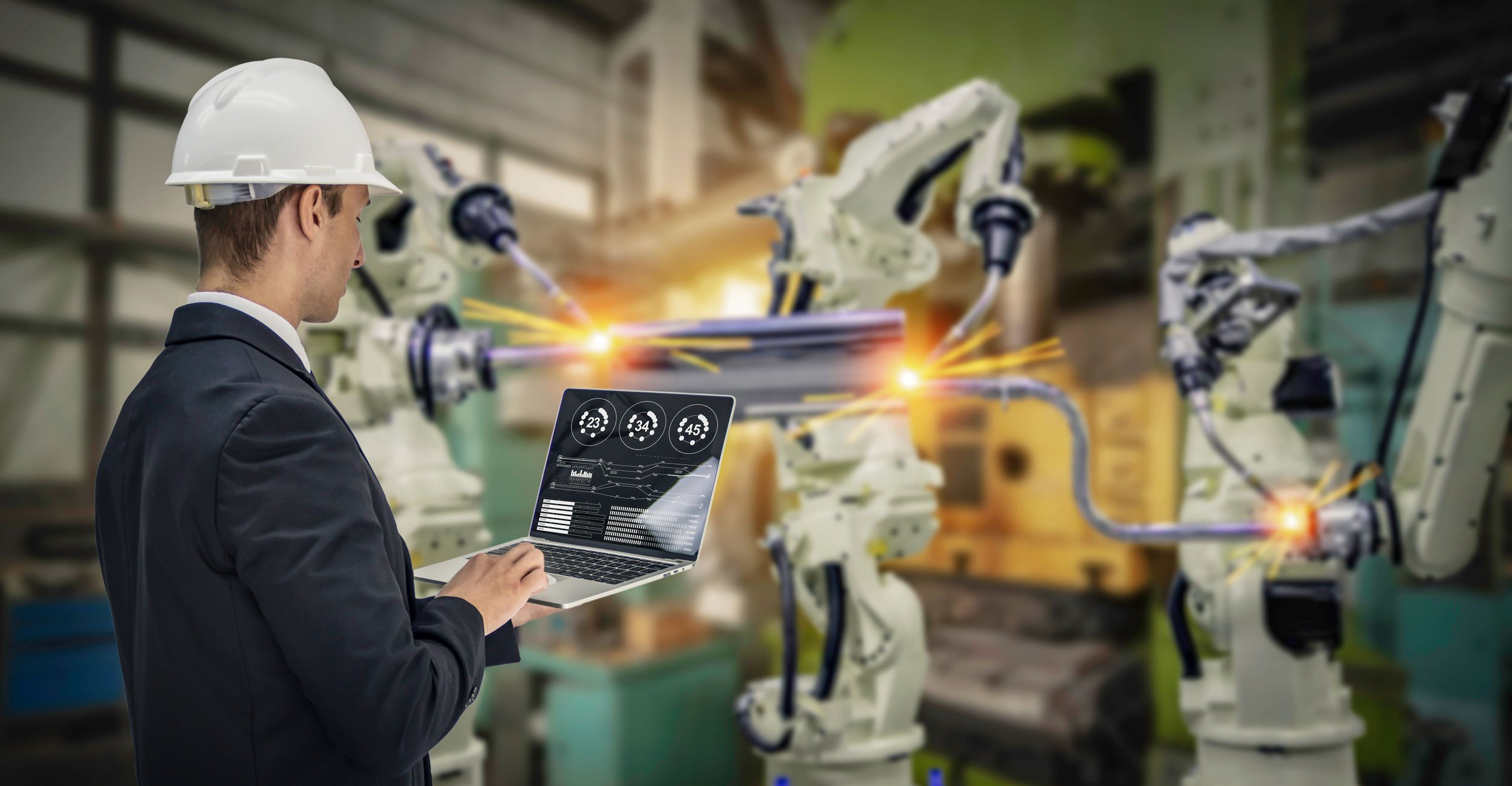
For this reason, there have been dozens of concepts to refer to GCCN and there are many differences in connotation when comparing these concepts with each other. The expansion of that connotation has made it so that when comparing today's workers with workers in the 19th century, only the characteristics of "hired labor" and "exploited labor" used by C. Marx can be clearly seen. Other criteria - qualities of workers, such as being attached to industrial machinery, socialized labor, organized, disciplined and thoroughly revolutionary, having an international spirit and national identity... have all changed, expanded and in many specific cases, are relatively difficult to identify.
Third, a large part of the current workforce comes from urban areas.
The working class in Karl Marx's time was a hired labor class, exploited and mainly came from farmers and rural areas. But since the 1980s, the trend of urbanization and the large urban population have added a large number to the human resources of the working class . Previously, the settlements in human history were often in the basins of large rivers, where agriculture was convenient and there was a water source for daily life. Nowadays, especially since the mid-20th century, large cities have begun to appear in the desert, such as Las Vegas and many cities in the Middle East... They are almost built and developed based on the new principle of overcoming the limits of nature, artificializing living conditions with modern science and technology. This is a process closely linked to the development of civilization and technology. These are cities served by modern technology. It requires new technology, industry and workers.
In 2005, the most urbanized region was North America, with 82% of the population living in urban areas, followed by Latin America and the Caribbean at 80% and Europe at 73%. The 2005 United Nations report “World Urbanization Prospects Review” described that “the 20th century has witnessed the rapid urbanization of the world’s population,” with the urban population increasing from 13% (220 million) in 1900 to 29% (732 million) in 1950 and 49% (3.2 billion) in 2005. The report also estimated that by 2030 that figure would be 60% (4.9 billion).
Urbanization has led to the emergence of a larger and larger group of hired workers, which has existed since the time of the “Communist Manifesto” , including “doctors, lawyers, priests, poets, and scholars who have been transformed into hired workers by the bourgeoisie...” (12) . However, they are now more numerous and diverse with thousands of different industries and occupations. In terms of occupational structure, researchers have seen the rise of new service labor groups. They are people who combine both manual and intellectual labor. In developed countries, a new social structure has emerged with a new role for intellectuals and intellectual workers. Also because of that, in many developed countries today (in G7 countries, agricultural workers or farmers only account for 2% - 3% of the workforce), the alliance between the working class and the peasantry no longer has a social basis like in the 19th century and instead is an alliance between workers, mainly two large groups of workers in urban areas: industrial production and services by industrial methods.
The city is where the modern class struggle reveals its typical character . F. Engels wrote: “The big cities are the birthplace of the workers' movement: here the workers first began to think about their situation and fight to change it, here the opposition of interests between the proletariat and the bourgeoisie first manifested itself, here the labor unions, the Chartist movement and socialism were born...” (13) . And more importantly: “The industrial revolution concentrated the bourgeoisie and the proletariat in big cities, where industrial development was most beneficial, and the concentration of the masses in such a place made the proletariat aware of its strength” (14) . Current political practice is also confirming that the working class in cities will be the force that determines the face of politics in the 21st century./.
---------------------------
* The article is the result of the national scientific project " Research on the summary of Marxist-Leninist theory on the working class, the historical mission of the working class in history and today's era; proposed additions and developments in Vietnam's practice in the new context", under the KX.02/16-20 Program, chaired by Associate Professor, Dr. Nguyen Viet Thao, Deputy Director of the Ho Chi Minh National Academy of Politics.
(1) See: ILO Website, Global Employment Trends 2014: Supporting Dataset: Employment by Sector and Gender, Global, Regional and Country . There are currently no more recent and reliable data available.
(2) See: Socialist Worker newspaper of the Socialist Workers Party of Great Britain, issue dated August 11, 2015
(3) C.Marx and F.Engels: Complete Works, National Political Publishing House, Hanoi, 1995, vol. 22, p. 809
(4) See: French Institute for Labor and Employment Research, Jobs in the world today , 2010
(5) See: New studies on the working class in the world today, Translated document of the Topic, p. 28
(6) See: Current world labor and trade union movements , Training materials for the subject History of the International Communist and Workers' Movement of the Ho Chi Minh National Academy of Politics, December 2018
(7) Judith Banister: “Manufacturing employment in China”, Monthly Labor Review , July 2005, p. 1, Translated document by Topic, Tldd , p. 90
(8) János Kornai: The Road to a Free Economy - Shifting from a Socialist System: The Example of Hungary, Hanoi, Vietnam Information Technology Association, 2001, p. 32
(9), (10) Hoang Huc Dong: Working class theory of classic Marxist authors and new changes of the contemporary Chinese working class, Translated document of the topic: "Chinese scholars discuss the Chinese working class in the new era", 2019, pp. 10, 11 - 12
(11) In the US, the service workers are often called “Brown-collar workers”. They are responsible for cleaning public environments, taking care of the elderly, supporting the community and other jobs that may be simple but cannot be replaced by robots.
(12) C.Marx and F.Engels: Complete Works, op. cit., vol. 4, p. 600
(13) C.Marx and F.Engels: Complete Works , op. cit., vol. 22, p. 485
(14) C.Marx and F.Engels: Complete Works, op. cit., vol. 4, p. 464
Source: https://tapchicongsan.org.vn/web/guest/nghien-cu/-/2018/819840/nhung-nhan-thuc-moi-ve-giai-cap-cong-nhan-hien-nay*.aspx



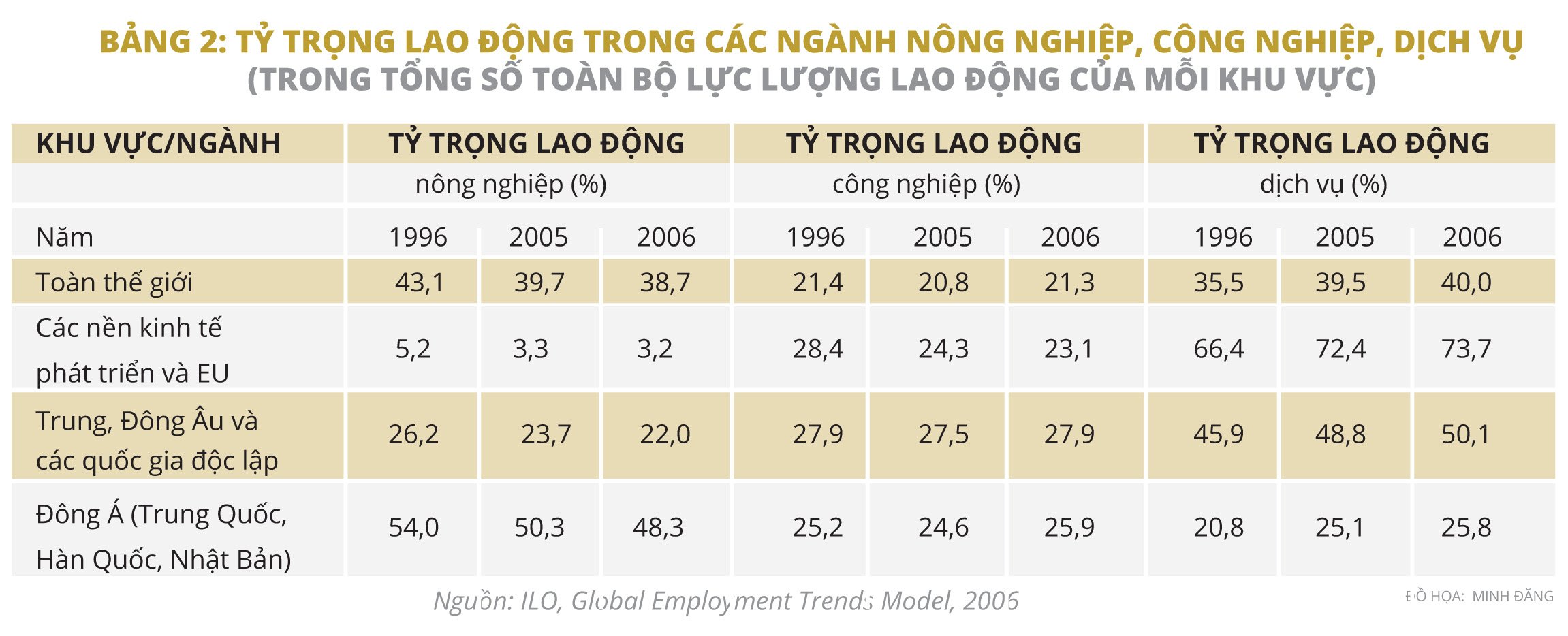









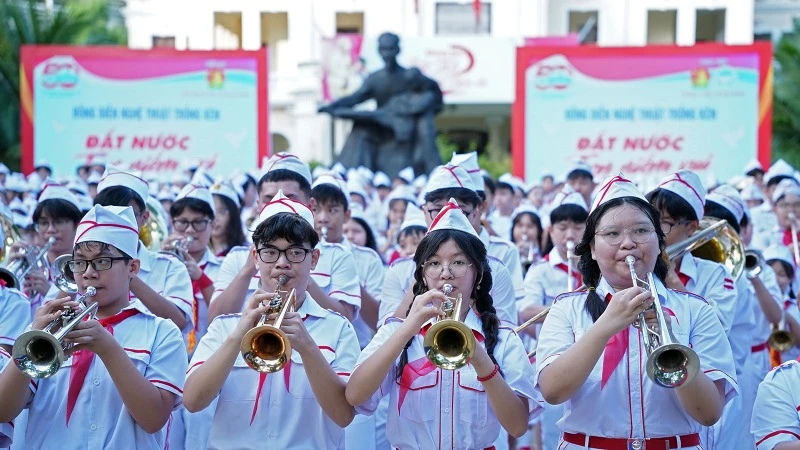





![[Photo] "Beauties" participate in the parade rehearsal at Bien Hoa airport](https://vstatic.vietnam.vn/vietnam/resource/IMAGE/2025/4/11/155502af3384431e918de0e2e585d13a)














































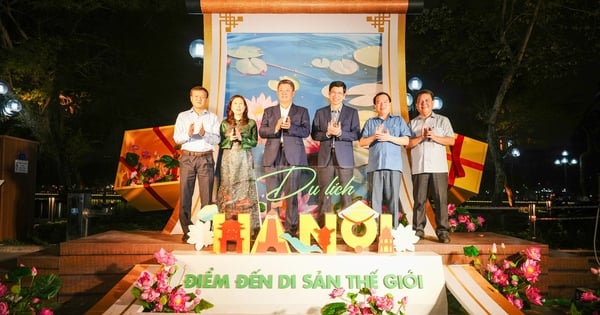


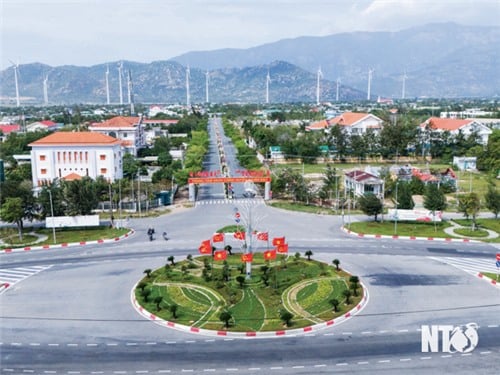

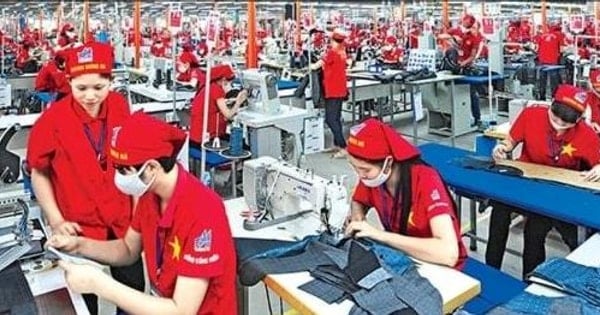

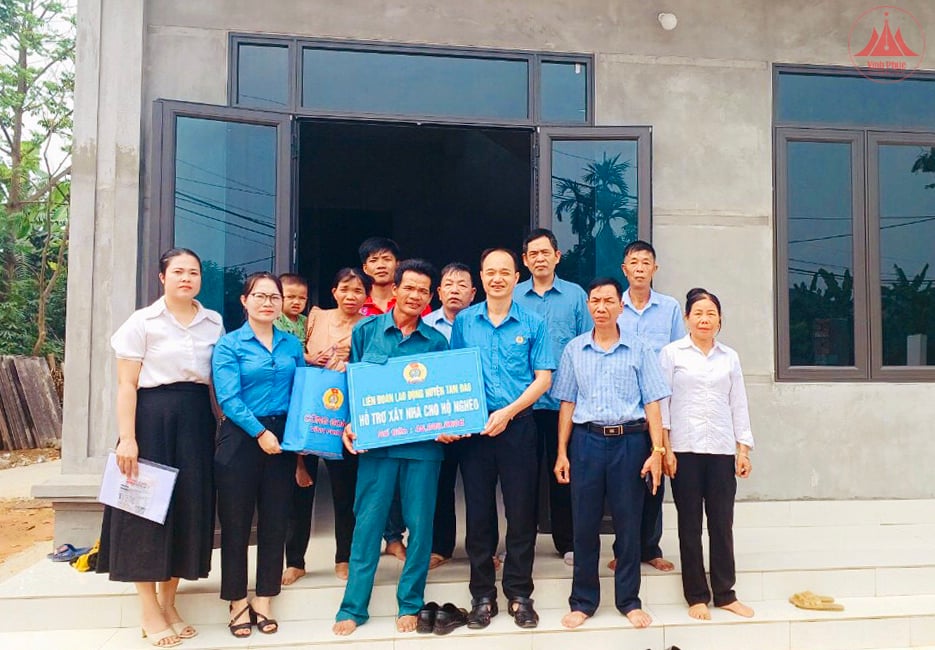














Comment (0)